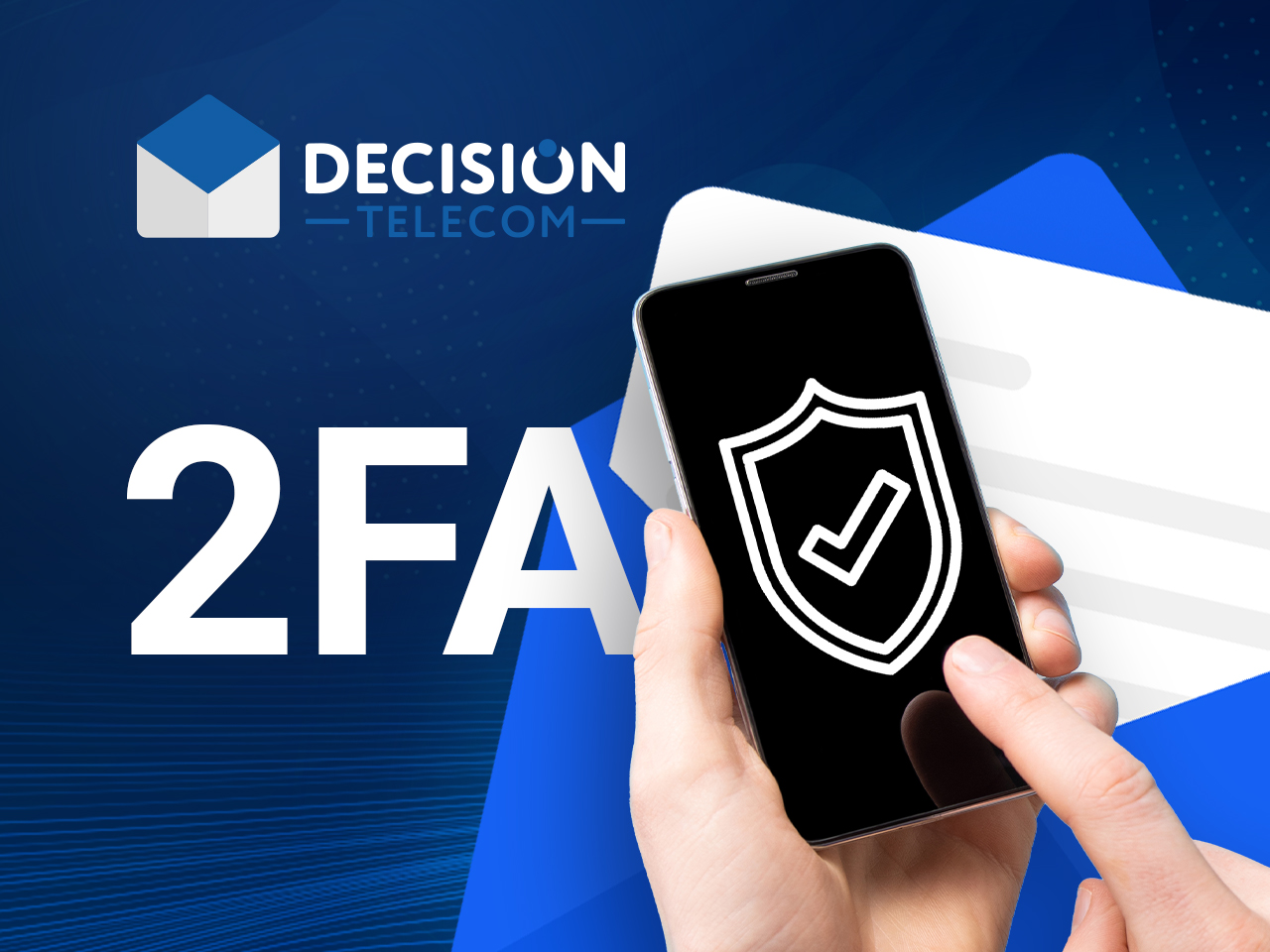
Can 2FA Be Hacked: Risks and Remedies
In today's digital world, protecting personal information is more important than ever. Two-Factor Authentication (2FA) adds an extra layer of security by requiring users to verify their identity through two separate methods. While 2FA significantly enhances protection, it’s not entirely immune to threats.
Phishing attacks, for example, may target users via deceptive SMS. This doesn’t mean 2FA is unreliable — rather, it's crucial to verify the source of any messages you receive. Using a trusted provider, like DecisionTelecom, which sends SMS from registered company names, helps safeguard against such risks.
In this article, we'll explore the vulnerabilities of 2FA and how to protect yourself effectively.
What is two-factor authentication (2FA)?
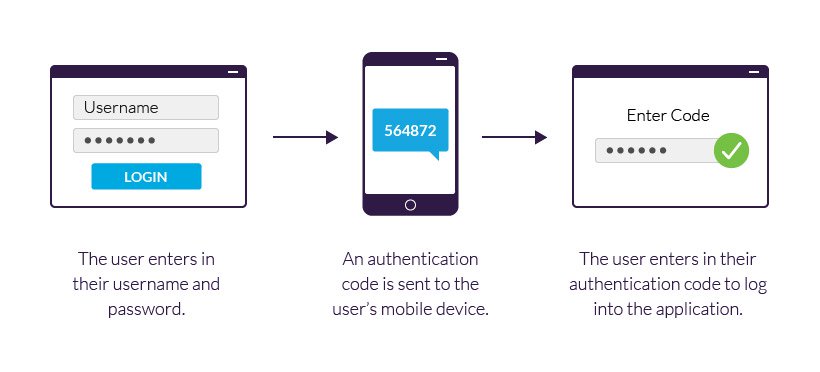
2FA, aka 2-step verification, is a security mechanism that enhances account protection by requiring users to prove their identity using two distinct forms of authentication for users to gain access to their accounts.
It includes two steps:
- Entering a username and password.
- An extra security layer, such as a unique code sent via SMS or biometric verification.
The primary objective of 2FA is to block unauthorised access, even when the username and password are known. By demanding a second authentication step, 2FA creates an extra barrier for potential attackers, substantially lowering the likelihood of account breaches.
The procedure is pretty simple, the user enters their standard login credentials, such as a username and password. After this, 2FA prompts for a second form of verification, which could be a one-time password (OTP) sent via SMS or email, or biometric data like a fingerprint. This additional step ensures that even if someone obtains your login credentials, they will still need the second form of authentication to hack your account.
2FA can help protect sensitive information, for instance, social media login details, online banking credentials, and access to cloud services like Google Drive.
The benefits of using 2FA
The advantages of using 2FA are difficult to overestimate. It is an essential tool to measure the security of your business. Using a two-step mechanism of logging the account, 2FA gives users the following benefits:
- Substantially optimizes the protection of sensitive data, making it much harder for unauthorized users to gain access.
- Boosts overall security but also offers better data protection.
- Impacts the users’ feeling of safety.
- With 2FA in place, businesses are less vulnerable to data breaches and other cyberattacks.
- Furthermore, by employing the most efficient 2FA techniques, such as biometric authentication or one-time passwords, the login process can be simplified, making it both secure and user-friendly.
Types of 2FA
Two-factor authentication proposes a variety of methods to keep your personal data in safety, each of which provides a specific method to guarantee the security of your information.
- SMS-based 2FA involves sending a time-limited code via text message to a user’s mobile phone, which they must enter to succeed in the login process. For example, when accessing online banking, a code might be sent to your phone to identify your personality.
- App-based 2FA uses an authentication app, such as Google Authenticator, to generate limited-time codes. These apps don't require a cellular connection, making them more secure than SMS.
- Biometric authentication relies on unique physical characteristics, such as a fingerprint, face scan, or voice recognition, often assisted by AI, to verify a user's identity. This method is commonly used in smartphones and high-security environments.
- Email-based 2FA sends a one-time code to the user's registered email address, which is an obstacle to gain access to the account.
- Hardware tokens are physical devices that generate or display a code needed for authentication. For example, YubiKey is a popular hardware token that users insert into their devices to authenticate.
8 common methods of hacking 2FA systems
1. Phishing attacks

Phishing is a cyberattack where attackers deceive users into revealing sensitive information by posing as a legitimate entity. This frequently involves creating fake websites or sending deceptive emails that appear to be from trusted sources, such as banks or online services, or requests to verify fake accounts. For instance, an attacker might send a scam email claiming to be from an online shop, urging the recipient to verify their account by entering their 2FA code on a fraudulent website. Once the user enters their information, the hacker can use it to gain unauthorized access.
A related tactic, known as smishing, involves sending fraudulent SMS messages that trick users into sharing their 2FA codes. For example, an attacker might send a text message pretending to be from a delivery service, asking the user to confirm their identity by entering a code, which is then captured by the hacker.
2. SIM swapping
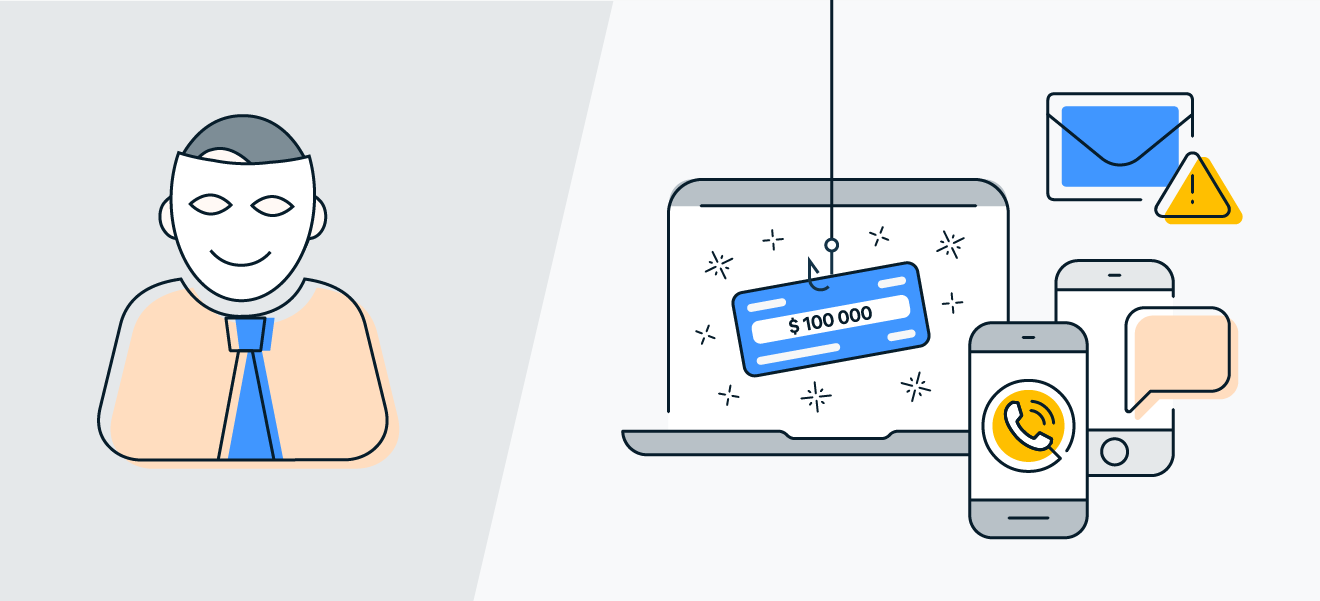
SIM swapping is a type of fraud where cybercriminals manipulate a phone carrier or SMS messaging service to transfer a victim’s phone number to a new SIM card under their control. Once the attacker successfully takes over the number, they can receive any SMS-based 2FA codes intended for the victim. This enables them to bypass security measures and gain unauthorized access to the victim's accounts. Since this attack compromises the security of SMS-based 2FA, it highlights the importance of securing phone numbers with additional layers of protection. For instance, you can use a PIN or password to your mobile account or alternative 2FA methods like app-based or biometric authentication.
3. Man-in-the-middle (MitM) attack
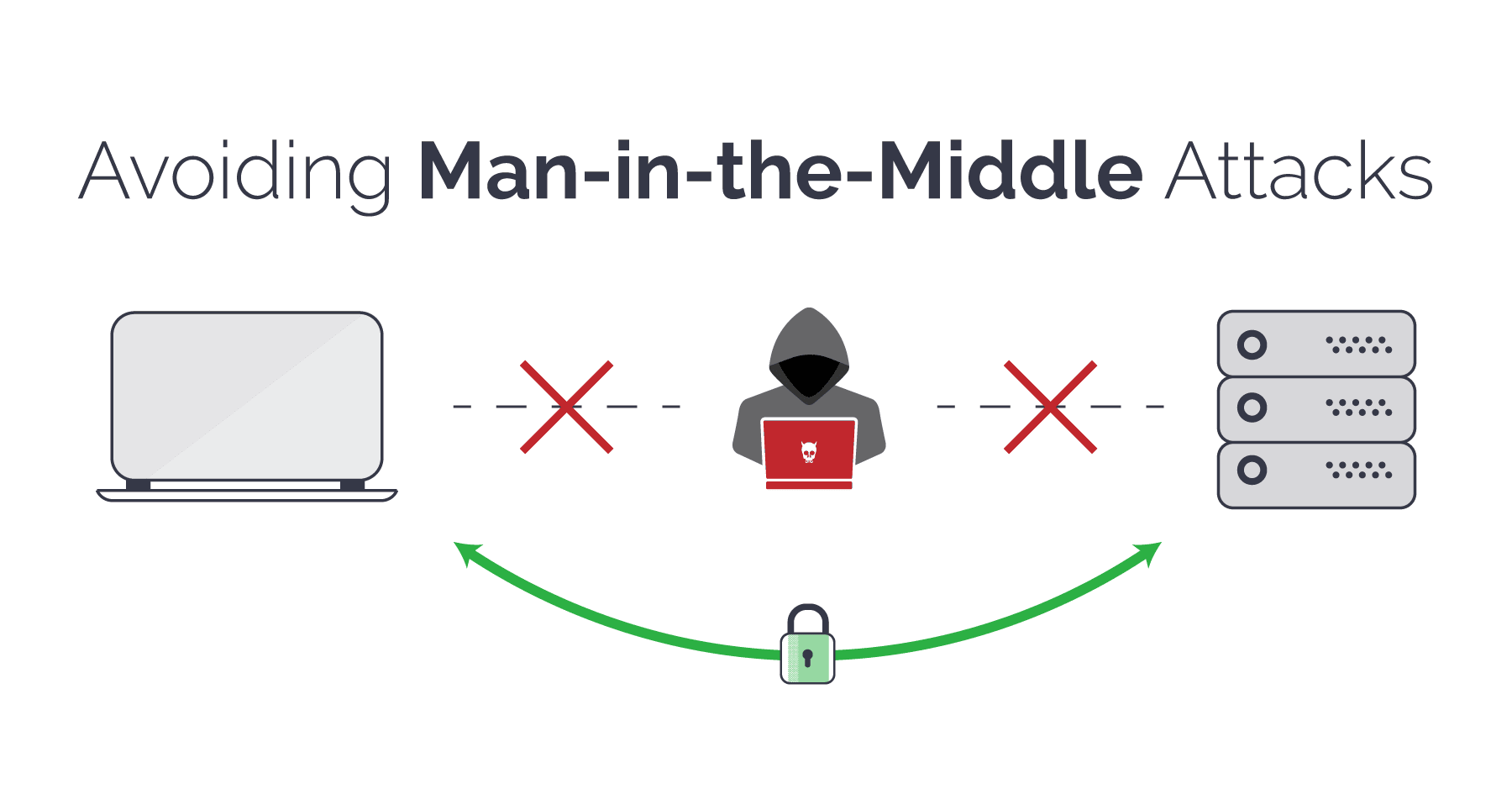
A man-in-the-middle attack is a cyberattack by which an attacker secretly intercepts and alters the communication between a user and the service they are trying to access. During this attack, the hacker positions themselves between the user and the service, capturing sensitive information like 2FA codes without the user's knowledge. Everything may appear innocent to the user, as they are unaware that their data is being monitored. Attackers can capture SMS codes, emails, or any other data packets transmitted over a network, allowing them to gain unauthorized access to the user’s accounts by exploiting the intercepted information.
4. Social engineering

Social engineering is a technique that is used by attackers to manipulate the target into revealing sensitive information, such as 2FA codes, by exploiting human psychology. This often involves the attacker posing as a legitimate company or technical support representative to gain the victim's trust.
For example, a hacker might call someone, pretending to be from their bank, and claim there’s an urgent issue with their account. They then convince the victim to provide their 2FA code under the guise of resolving the problem. Once the attacker obtains the code, they can use it to gain unauthorized access to the victim's accounts.
5. Session hijacking
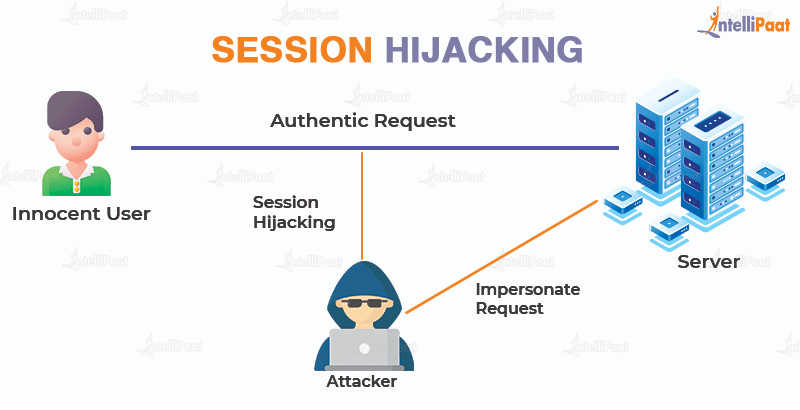
Session hijacking is a cyberattack where an attacker takes control of a user's active session with a service, effectively bypassing the need for a 2FA code. This attack occurs when the attacker gains access to the session ID, which is commonly stored in cookies, allowing them to impersonate the user.
Session hijacking can happen if a user is logged into a service on a compromised or unsecured network, where the attacker can intercept session data. However, the risk of session hijacking can be considerably reduced by using secure connections, such as VPNs, which encrypt data and protect against unauthorized access.
6. Malware and Keyloggers
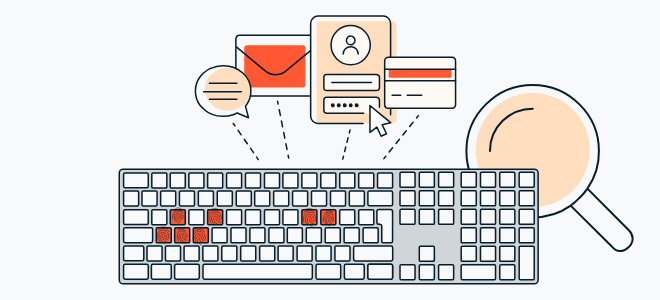
Malware is malicious software designed to infiltrate and damage a user's device, frequently without their awareness. Keyloggers are a specific type of malware that records keystrokes on a user’s device, capturing everything from login credentials to 2FA codes as they are entered.
Once installed, this malware can send the captured information to attackers, who can then use it to gain unauthorised access to the user's accounts. To protect against such threats, keeping devices secure by regularly updating antivirus software and being cautious about downloading files or clicking on links from unknown or untrusted sources is crucial.
7. Exploiting 2FA systems’ weaknesses
Exploiting 2FA systems' weaknesses involves taking advantage of vulnerabilities in poorly implemented security measures. If a 2FA system is not robust, it may have flaws that attackers can exploit, such as weak account recovery processes that bypass the need for a second authentication factor or reliance on outdated technology that is easier to compromise.
These weaknesses can undermine the effectiveness of 2FA, leaving accounts open to hacking despite the additional layer of security. Finding ways to ensure that 2FA systems are up-to-date and designed with strong recovery and security protocols is essential to prevent such exploitation.
8. Biometric authentication risks

While biometric authentication is generally considered secure, there is still a possibility that biometric data can be spoofed or stolen. For instance, intelligent attackers might use high-resolution images, moulds, or other techniques to replicate fingerprints or facial features, gaining unauthorized access.
Additionally, if biometric data is stolen, unlike passwords, it cannot be changed, making the impact of such a breach more severe. Therefore, while biometrics provide a strong layer of security, they are not completely foolproof and should be used in combination with other security measures, such as multi-factor authentication, to ensure comprehensive protection.
Staying safe: How to protect 2FA from vulnerabilities

Use software or hardware token authentication
App-based or hardware token methods offer greater security as opposed to text messaging-based 2FA because they are less susceptible to threats like SIM swapping and interception.
Apps like Google Authenticator generate time-sensitive codes directly on the user's device, eliminating the risk of someone hijacking a phone number to receive SMS codes. Similarly, hardware tokens, such as YubiKey, require physical possession of the device to generate or authenticate codes, making it extremely difficult for attackers to gain unauthorized access.
Enable biometric authentication
Using biometric authentication, such as fingerprint scanning, face recognition, or voice recognition, adds a highly advanced layer of security that is particularly beneficial in scenarios where quick and secure access is essential.
On mobile devices, for example, biometric authentication offers a seamless way to unlock phones, authorize payments, or access sensitive apps without needing to remember passwords. This method is especially useful in environments where privacy and security are paramount, like mobile banking or accessing corporate data on the go.
Be vigilant against phishing attempts
Recognizing phishing attempts is crucial for enhancing online security, and it starts with simple practices like always checking URLs for authenticity, looking out for grammar errors, and being cautious of unsolicited messages and emails.
Phishing attacks often try to trick users into clicking on malicious links or entering sensitive information on fake websites, so it’s vital to scrutinize any requests, especially those asking for 2FA codes. Verifying such requests through official channels before taking action is essential.
Monitor and secure mobile devices
Setting up additional preventative measures with mobile carriers, such as adding a PIN to your account, can significantly strengthen the privacy of your mobile number against unauthorized access. This extra step makes it harder for attackers to perform SIM swapping or make changes without your consent.
Additionally, using SMS alerts to monitor any suspicious activity, such as changes to account settings, can help you quickly detect and respond to potential threats. To further secure your mobile devices, it's important to keep them updated with the latest software and to use strong, unique passwords.
Update and audit security settings
Security updates and settings play a crucial role in strengthening your device's security. Regular updates are essential because they often include patches for vulnerabilities that could be exploited, including those within 2FA systems. These updates ensure that your device is protected against the latest threats.
Additionally, conducting periodic audits of your security settings helps verify that everything is correctly configured, such as ensuring 2FA is enabled and other protective measures are in place.
Use SMS alerts for activity updates
Setting up SMS alerts for any account activity is a proactive security measure that allows users to quickly react to suspicious activity. These alert notifications are sent instantly, providing real-time updates as SMS messages have high deliverability and are typically opened immediately, they ensure that users are promptly informed of any potential security threats. As a result, they minimise the risk of a security incident and protect sensitive information.
Conclusion
Implementing Two-Factor Authentication (2FA) is one of the most effective steps in protecting sensitive data and preventing unauthorized access. As cyber threats become increasingly sophisticated, relying solely on traditional passwords is no longer enough. By implementing 2FA and partnering with a dependable service provider, combined with other security measures like regular updates, monitoring, and biometric authentication, you can significantly reduce the risk of breaches.
DecisionTelecom stands out as a trusted partner, offering secure SMS services from registered company names, ensuring the authenticity of each message. By choosing a reliable provider like DecisionTelecom, you’re not only securing your data but also building trust with your customers. With their robust solutions, you can integrate SMS-based 2FA and strengthen your digital security framework, minimizing vulnerabilities and staying ahead of potential threats.
Stay vigilant, proactive, and prioritize security to create a safer digital environment for yourself and your business.


